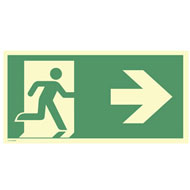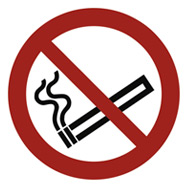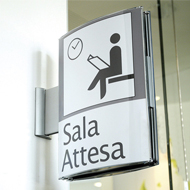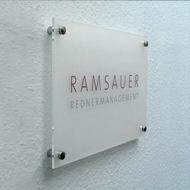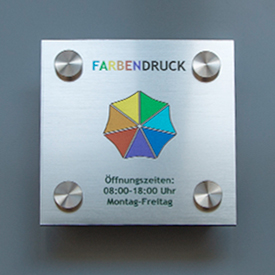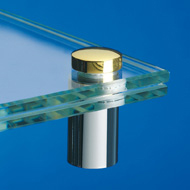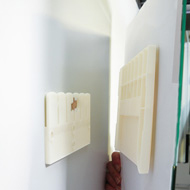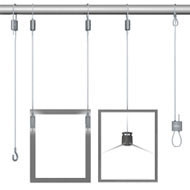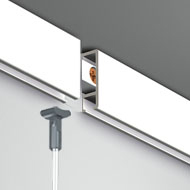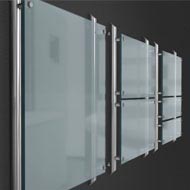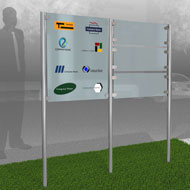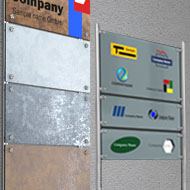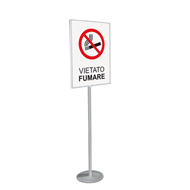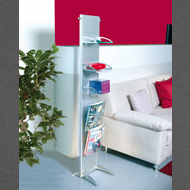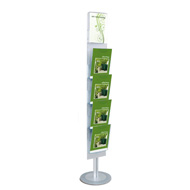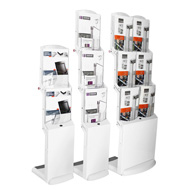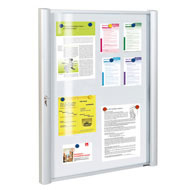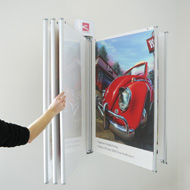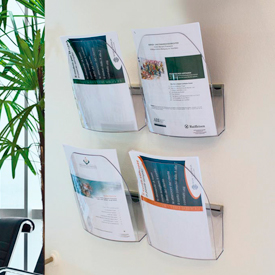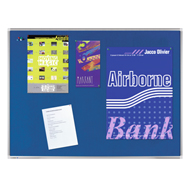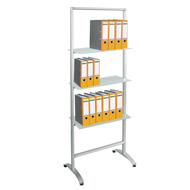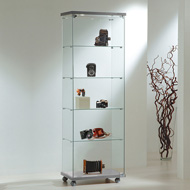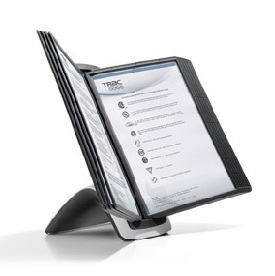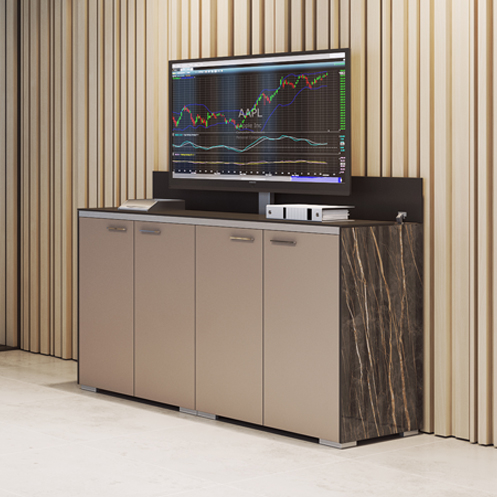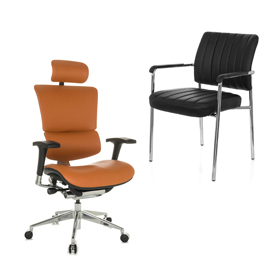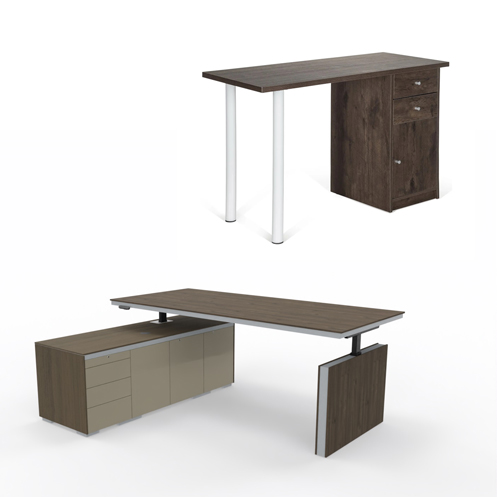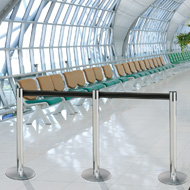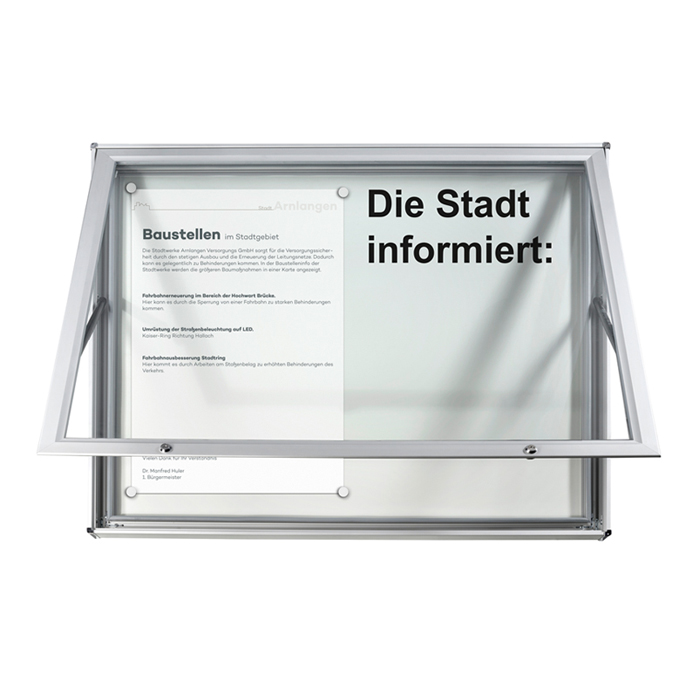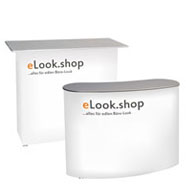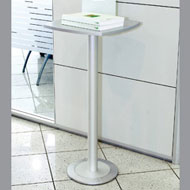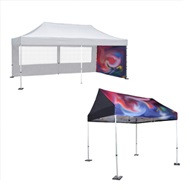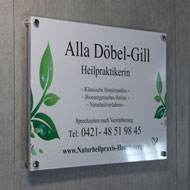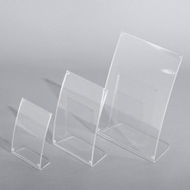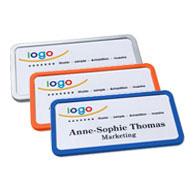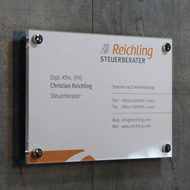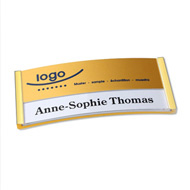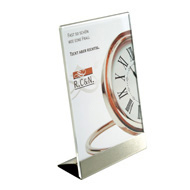Praxisalltag in Corona-Zeiten
Dienstag, 1. Dezember 2020
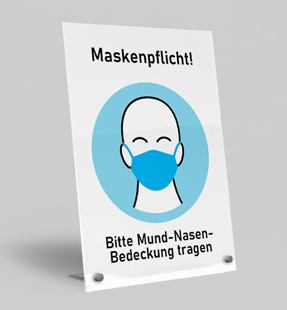 Das Gesundheitswesen darf gerade jetzt nicht ausfallen, denn in den nächsten Monaten ist mit einer Vielzahl von Patienten zu rechnen, die unter grippeähnlichen Symptomen leiden. Zu den ohnehin jährlich auftretenden Erkrankungen an Influenza und den grippalen Infekten kommen noch etliche COVID-19-Fälle. Ärzte, Praxishelfer und Laborangestellte dürfen nicht ausfallen, daher muss der Praxisalltag sicher und effizient gestaltet werden.
Das Gesundheitswesen darf gerade jetzt nicht ausfallen, denn in den nächsten Monaten ist mit einer Vielzahl von Patienten zu rechnen, die unter grippeähnlichen Symptomen leiden. Zu den ohnehin jährlich auftretenden Erkrankungen an Influenza und den grippalen Infekten kommen noch etliche COVID-19-Fälle. Ärzte, Praxishelfer und Laborangestellte dürfen nicht ausfallen, daher muss der Praxisalltag sicher und effizient gestaltet werden.Organisatorische Optionen für einen sicheren Praxisalltag
Die Versorgung von Kranken auf Distanz und eine gute Terminplanung helfen, das Infektionsrisiko von Mitarbeitern und Patienten zu senken. Telefonberatungen und Videosprechstunden eignen sich hervorragend, um im Vorfeld abzuklären, ob der Patient in die Praxis kommen muss. Dies eröffnet außerdem die Möglichkeit, Menschen mit einem Verdacht auf COVID-19 an eine entsprechende Schwerpunktpraxis zu verweisen beziehungsweise die Patienten gesondert und besonderen Sicherheitsmaßnahmen zu empfangen.Verordnungen, Überweisungen und AU-Bescheinigungen sollten Sie nach Möglichkeit nach einer telefonischen Konsultation ausstellen. Versenden Sie die Papiere mit der Post und verzichten Sie auf eine Abholung.
Strukturieren Sie den Praxisalltag über eine Terminplanung. Versorgen Sie nur Notfälle ohne vorherige Terminvereinbarung.
Trennen Sie den Patientenstamm in Risikogruppen. Reservieren Sie Zeiten für Menschen mit einem hohen Risiko, dass es einen schweren Krankheitsverlauf geben kann. Desinfizieren Sie die Räume vor der Sprechstunde besonders gründlich und behandeln Sie zeitgleich keine Patienten mit Erkältungssymptomen.
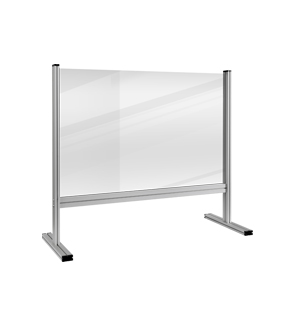
Raumplanung und -ausstattung optimieren
Bringen Sie, wenn nicht bereits geschehen, Spuckschutz-Scheiben am Empfangstresen und im Sprechzimmer an. Überlegen Sie, ob auch im Wartebereich eine Unterteilung möglich ist.Nutzen Sie vorhandene Räume, die bisher nicht den Patienten zur Verfügung standen als zusätzliches Warte- oder Behandlungszimmer.
Vermeiden Sie, dass Patienten Flächen in der Praxis berühren. Halten Sie Türen geöffnet, damit diese weder Klingeln noch eine Klinke anfassen müssen. Wichtig: Bringen Sie entsprechende Hinweisschilder an. Beispiel: "Nicht klingeln. Tür mit der Schulter öffnen".
Helfen Sie, durch Bodenmarkierungen die notwendigen Sicherheitsabstände einzuhalten. Weisen Sie durch Schilder zusätzlich auf die Abstandsregeln und die Maskenpflicht hin.
Wie Hinweisschilder helfen
Ihre Patienten werden nach alten Gewohnheiten handeln, wenn sich nicht durch deutliche Schilder auf die neuen Regelungen hingewiesen werden.Wenn möglich, sollte ein großer Aufsteller etwa einen Meter vor der Praxistür stehen. Dieser sollte dazu auffordern, einzeln einzutreten und darüber informieren, wie die Tür zu öffnen ist. Wenn kein Platz für einen Aufsteller ist, bringen Sie ein großes Schild an der Tür an.
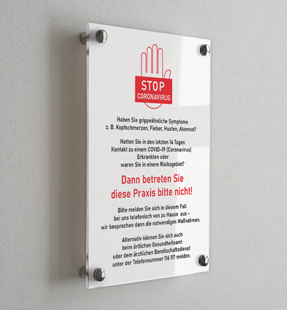 Zusätzlich sollte ein Schild darauf hinweisen, dass Patienten mit Krankheitszeichen wie Husten, Schnupfen, Halskratzen sich telefonisch an die Praxis wenden sollen und auf keinen Fall ohne Termin die Praxis betreten dürfen.
Zusätzlich sollte ein Schild darauf hinweisen, dass Patienten mit Krankheitszeichen wie Husten, Schnupfen, Halskratzen sich telefonisch an die Praxis wenden sollen und auf keinen Fall ohne Termin die Praxis betreten dürfen.Achten Sie auf eine zusätzliche Beschilderung in den Praxisräumen. Überall dort, wo es möglich ist, dass mehrere Patienten zusammentreffen, sollte ein Hinweis auf einen Abstand von mindestens 1,5 Meter erfolgen.
Bringen Sie außerdem zumindest ein Schild mit den wichtigsten Hygienetipps an. Idealerweise sollte eines in der Nähe des Waschbeckens der Patiententoilette hängen.
Tipp: Zettel in transparenten Hüllen, die auf Tischen oder Tresen liegen, werden leicht übersehen. Verwenden Sie besser Aufsteller oder Schilder, die an einer Wand oder Tür angebracht werden. Diese fallen sofort auf. Man kann bei Bedarf die entsprechenden Druckvorlagen zum Download finden und selbst drucken.
Allgemeine Hygienemaßnahmen in der Praxis
Halten Sie die Basishygiene ein. Hierzu zählt die Handhygiene. Ein Spender mit Desinfektionsmittel im Eingangsbereich der Praxis mit einem Hinweis auf die Nutzung hilft, dass Ihre Patienten darauf achten. Achten Sie auf die Wirksamkeit des Desinfektionsmittels. Es muss zumindest "begrenzt viruzid" sein. Auch darf das Haltbarkeitsdatum noch nicht erreicht sein.Erstellen Sie einen Hygieneplan zur Oberflächendesinfektion. Legen Sie fest, was nach jedem Patienten und welche Flächen mehrmals beziehungsweise einmal täglich zu desinfizieren sind.
Lüften Sie gründlich und achten sie darauf, dass keine lüftungstechnische Anlage die Luft in verschiedene Räume verteilen kann. Bleiben Sie gesund.


